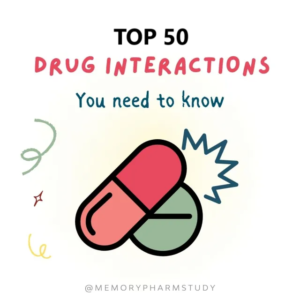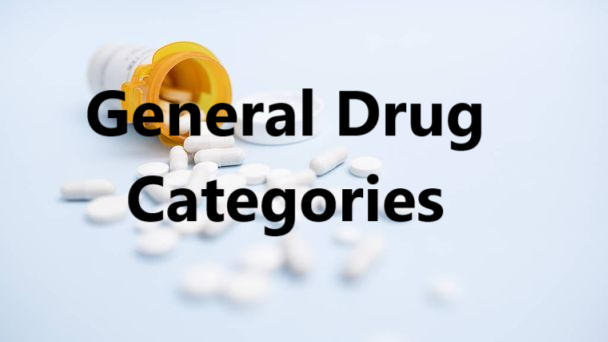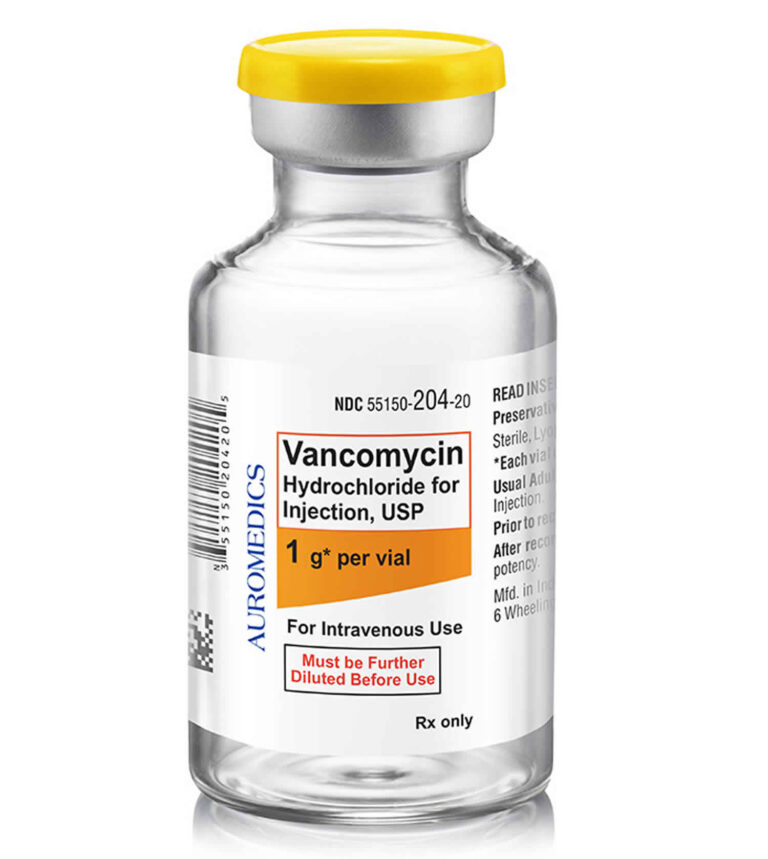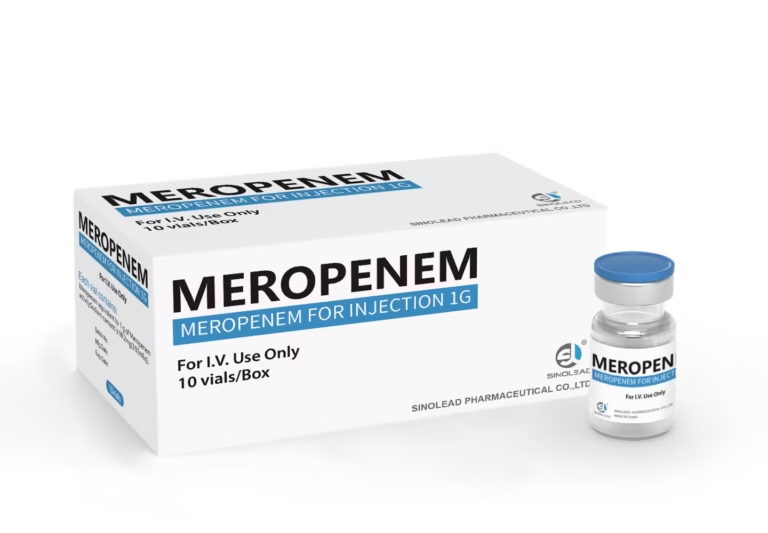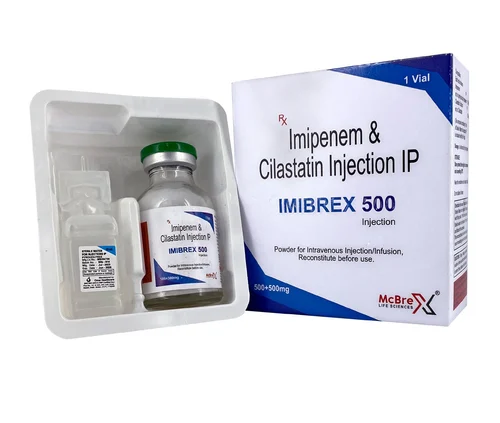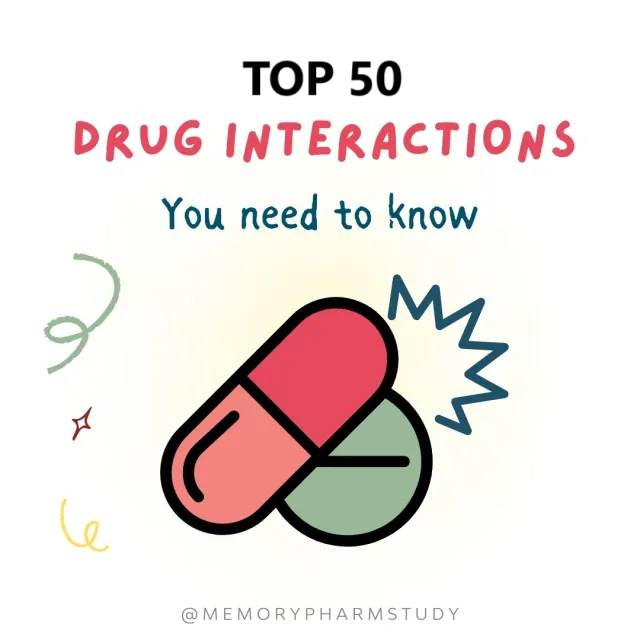
50 common and harmful drug and drug interactions
Drug and drug interactions PDF file
Drug Interactions- PDF Free Download
Here is the table of the most frequent and harmful drug and drug interactions at clinical setups.
| Drug 1 | Drug 2 | Interaction Type | Mechanism/Effect | Potential Harm |
| Mebendazole | Metronidazole | Increased toxicity | Metronidazole inhibits the metabolism of mebendazole. | Increased risk of adverse effects (nausea, vomiting, liver toxicity) |
| Metronidazole | Warfarin | Increased warfarin effect | Metronidazole inhibits warfarin metabolism, increasing its anticoagulant effect. | Increased bleeding risk, hemorrhage |
| Furosemide | Gentamicin | Increased nephrotoxicity | Both drugs are nephrotoxic, increasing the risk of kidney damage. | Renal failure, hearing loss |
| Sildenafil | Sublingual Nitroglycerin | Severe hypotension | Both drugs lower blood pressure, leading to an additive hypotensive effect. | Severe hypotension, cardiovascular collapse |
| Non-dihydropyridine CCB (e.g., Verapamil) | Beta-blockers (e.g., Metoprolol) | Severe bradycardia | Both drugs slow the heart rate, causing excessive bradycardia. | Bradycardia, heart block, hypotension |
| Tetracyclines | Penicillins | Reduced efficacy of tetracyclines | Penicillins may interfere with the bactericidal effect of tetracyclines. | Ineffective treatment of bacterial infections |
| Antacids | Iron supplements | Decreased iron absorption | Antacids increase pH, decreasing the absorption of iron. | Iron deficiency, ineffective iron therapy |
| Omeprazole | Clopidogrel | Decreased clopidogrel activation | Omeprazole inhibits CYP2C19, reducing the activation of clopidogrel. | Increased risk of thrombosis, myocardial infarction |
| Azithromycin | Antihistamines (e.g., Diphenhydramine) | Increased risk of QT prolongation | Azithromycin can prolong the QT interval, increasing the risk of arrhythmias. | Arrhythmias, torsades de pointes, sudden cardiac death |
| Ondansetron | Tramadol | Increased serotonin syndrome risk | Both drugs increase serotonin levels, leading to serotonin syndrome. | Hyperthermia, seizures, confusion, death |
| Warfarin | NSAIDs (e.g., Ibuprofen) | Increased bleeding risk | NSAIDs inhibit platelet aggregation and affect coagulation. | Gastrointestinal bleeding, hemorrhagic stroke |
| K-sparing Diuretics (e.g., Spironolactone) | ACE Inhibitors (e.g., Captopril) | Hyperkalemia | Both drugs increase potassium levels, leading to hyperkalemia. | Hyperkalemia, cardiac arrhythmias |
| Statins (e.g., Atorvastatin) | Gemfibrozil | Increased statin toxicity | Gemfibrozil inhibits statin metabolism, leading to increased statin blood levels. | Muscle pain, rhabdomyolysis, kidney damage |
| Antibiotics (e.g., Ciprofloxacin) | Theophylline | Increased theophylline levels | Antibiotics like ciprofloxacin inhibit theophylline metabolism. | Theophylline toxicity (nausea, arrhythmia, seizures) |
| Warfarin | Amiodarone | Increased warfarin effect | Amiodarone inhibits warfarin metabolism, increasing its effects. | Increased risk of bleeding, hemorrhage |
| Phenytoin | Valproate | Increased phenytoin levels | Valproate inhibits phenytoin metabolism. | Phenytoin toxicity (nystagmus, ataxia) |
| Rifampin | Oral contraceptives | Decreased contraceptive effectiveness | Rifampin induces CYP3A4, increasing the metabolism of contraceptives. | Unintended pregnancy due to decreased contraceptive efficacy |
| Diuretics | Lithium | Increased lithium toxicity | Diuretics reduce sodium levels, leading to lithium retention. | Lithium toxicity (tremors, confusion, seizures) |
| Cimetidine | Warfarin | Increased warfarin levels | Cimetidine inhibits CYP450 enzymes, slowing warfarin metabolism. | Increased bleeding risk, hemorrhage |
| Furosemide | ACE Inhibitors (e.g., Enalapril) | Increased risk of hypotension | Both lower blood pressure, leading to additive hypotension. | Severe hypotension, dizziness, fainting |
| Calcium Channel Blockers (e.g., Diltiazem) | Beta-blockers | Severe bradycardia | Both lower heart rate and blood pressure, increasing the risk of bradycardia. | Bradycardia, heart block, hypotension |
| Clonidine | Beta-blockers | Rebound hypertension | Clonidine withdrawal may cause rebound hypertension, which beta-blockers worsen. | Hypertensive crisis, stroke |
| Ciprofloxacin | Warfarin | Increased warfarin effect | Ciprofloxacin inhibits warfarin metabolism, leading to increased warfarin levels. | Increased bleeding risk, hemorrhage |
| Hydrocodone | Benzodiazepines | Increased CNS depression | Both drugs depress the central nervous system, increasing sedation and respiratory depression. | Respiratory depression, overdose death |
| Azithromycin | Statins | Increased statin levels | Azithromycin inhibits CYP3A4, slowing statin metabolism. | Statin toxicity (muscle pain, rhabdomyolysis) |
| Metformin | Cimetidine | Increased metformin levels | Cimetidine inhibits renal clearance of metformin. | Lactic acidosis, kidney failure |
| Methotrexate | NSAIDs | Increased methotrexate toxicity | NSAIDs reduce renal clearance of methotrexate. | Bone marrow suppression, hepatotoxicity |
| Corticosteroids | NSAIDs | Increased gastrointestinal risk | Both drugs increase risk of gastrointestinal bleeding and ulcers. | Gastric bleeding, ulceration |
| Amiodarone | Warfarin | Increased warfarin effect | Amiodarone inhibits CYP450 enzymes, increasing warfarin levels. | Increased risk of bleeding, hemorrhage |
| Tetracyclines | Antacids | Decreased tetracycline absorption | Antacids reduce absorption of tetracycline antibiotics. | Ineffective antibiotic therapy, treatment failure |
| Alprazolam | Alcohol | Increased CNS depression | Both drugs are central nervous system depressants, leading to enhanced sedative effects. | Severe sedation, respiratory depression |
| Omeprazole | Diazepam | Increased diazepam levels | Omeprazole inhibits CYP2C19, slowing diazepam metabolism. | Increased sedation, respiratory depression |
| Barbiturates | Warfarin | Decreased warfarin effect | Barbiturates induce CYP450 enzymes, increasing warfarin metabolism. | Decreased anticoagulant effect, increased risk of clotting |
| Ketoconazole | Warfarin | Increased warfarin levels | Ketoconazole inhibits CYP450 enzymes, slowing warfarin metabolism. | Increased bleeding risk, hemorrhage |
| Ceftriaxone | Calcium-containing IV solutions | Precipitation in lungs & kidneys | Ceftriaxone binds calcium in the bloodstream, causing precipitation. | Pulmonary or renal complications (e.g., embolism) |
| Tramadol | Antidepressants (e.g., SSRIs) | Serotonin syndrome | Both drugs increase serotonin levels in the brain. | Hyperthermia, muscle rigidity, seizures |
| Acetaminophen | Alcohol | Liver toxicity | Both are hepatotoxic, especially with chronic use. | Liver damage, failure, potential for fatality |
| Insulin | Beta-blockers | Masking of hypoglycemia | Beta-blockers can mask the symptoms of low blood sugar, making hypoglycemia harder to detect. | Severe hypoglycemia, unawareness of low blood sugar |
| Methadone | Benzodiazepines | Respiratory depression | Both depress the central nervous system, increasing respiratory depression. | Respiratory failure, overdose death |
| Clopidogrel | Omeprazole | Decreased antiplatelet effect | Omeprazole inhibits CYP2C19, reducing clopidogrel activation. | Increased risk of thrombosis, heart attack |
| Valproic Acid | Carbamazepine | Decreased carbamazepine levels | Valproic acid inhibits carbamazepine metabolism. | Seizure recurrence, loss of control over seizure activity |
| Benzodiazepines (e.g., Lorazepam) | CNS depressants (e.g., opioids) | Enhanced sedation | Both drugs depress the CNS, enhancing sedative effects. | Severe sedation, respiratory depression, overdose |
| Dantrolene | Calcium Channel Blockers (e.g., Verapamil) | Increased risk of hyperkalemia | Dantrolene affects muscle contraction, and calcium blockers interfere with calcium regulation. | Hyperkalemia, cardiac arrhythmia |
| Albuterol | Beta-blockers | Decreased bronchodilation | Beta-blockers antagonize the effects of albuterol and reduce its bronchodilatory effects. | Worsening bronchospasm, difficulty breathing |
| Carbamazepine | Erythromycin | Increased carbamazepine levels | Erythromycin inhibits carbamazepine metabolism, increasing drug levels. | Toxicity (drowsiness, ataxia, nausea) |
These interactions can have severe results after administration. These can damage organ and lead to life-threatening events. Thus, health professionals must monitor patients carefully and adjust treatments accordingly.
